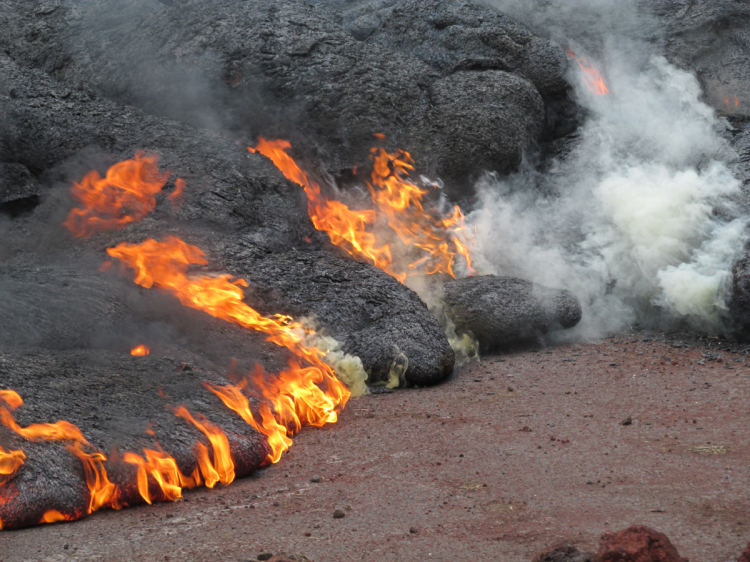
I stumbled across the following article, which may appeal to Americans (or others) who do not have a passport.
Americans without a passport can still travel to these tropical (and international) destinations. By Evie Carrick, Travel and LeisurePublished on January 22, 2025
“The US is the fourth largest country by land mass, with over 3.5 million square miles to explore. It’s home to 63 national parks and some of the most well-loved cities in the world. We’ve got Alaska for those looking for extreme wilderness and Hawaii for those looking for an island beach vacation.
America is so big that you could live your whole life without leaving the country — and many do. But you don’t need to limit yourself to the confines of the US just because you don’t have a passport or are waiting for a new one to arrive. There are several international destinations Americans can visit with no passport at all. (It’s worth noting that starting May 7, 2025, a Real ID will be required at TSA checkpoints. More on that here.)
American Samoa
To visit American Samoa without a passport, you must show your government-issued ID and a certified birth certificate demonstrating your nationality. You’ll also need a ticket for onward passage out of American Samoa or proof of employment there.
Guam
To visit Guam without a passport, you must book your flights through Honolulu first, as traveling through other major hubs like Tokyo or Seoul requires a passport. Then, you’ll need to show your government-issued ID and an original or certified copy of your birth certificate.
Puerto Rico
Traveling to Puerto Rico is different from traveling to Pennsylvania. US citizens wishing to visit the island nation must show their government-issued ID; no birth certificate is required.
US Virgin Islands
You’ll need a valid government-issued ID and birth certificate to visit the US Virgin Islands of St. Thomas, St. John, and St. Croix. According to some travel forums, the latter is not always required but is recommended if you’re asked to show proof of citizenship.
Northern Mariana Islands
Just northeast of Guam are 14 islands comprising the Northern Mariana Islands (The Marianas). Like Guam, to get to the islands without a passport, you must fly through Honolulu to avoid layovers in countries requiring passports. You can enter the Northern Mariana Islands with a government-issued ID and an original or certified birth certificate.
International Closed-loop Cruises
Another way to travel internationally without a passport is to book a “closed-loop cruise,” or a cruise that starts and ends at the same US port and only travels within the Western Hemisphere.
For example, a closed-loop cruise might depart from Miami and visit Bermuda or The Bahamas before returning to Miami (no passport required). However, you couldn’t leave Miami and travel to Panama before ending your cruise in San Diego. This trip requires a passport because the cruise doesn’t start and end at the same port of call.
On closed-loop cruises, you can bring along a government-issued ID and a government-issued birth certificate instead of a passport and still visit foreign countries like Belize, Canada, Costa Rica, Jamaica, and Mexico.
Of course, many of these situations can change quickly, and verifying this information in detail at least a month before you travel is imperative.
Be well.
Photo from ten years ago today, January 23, 2015:
|
|























